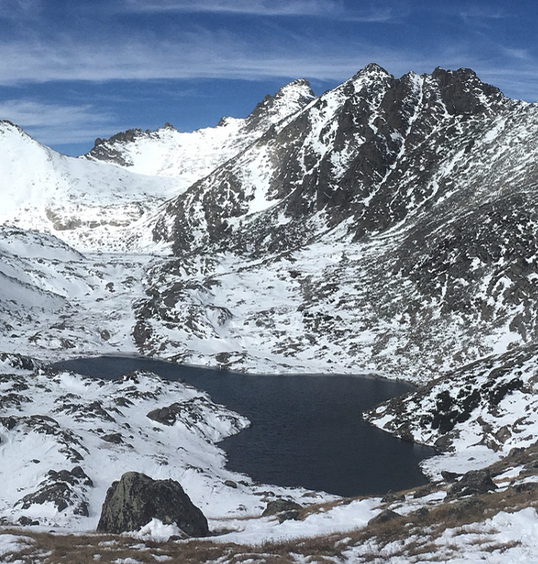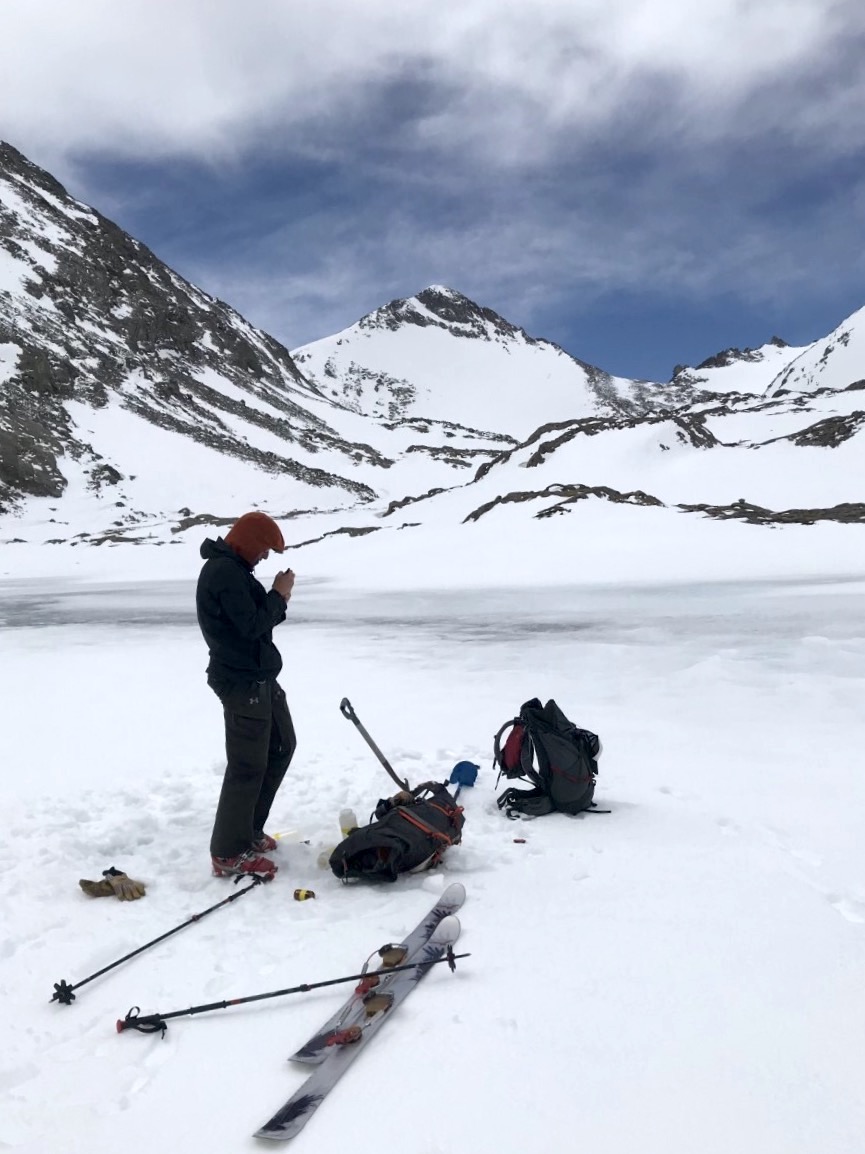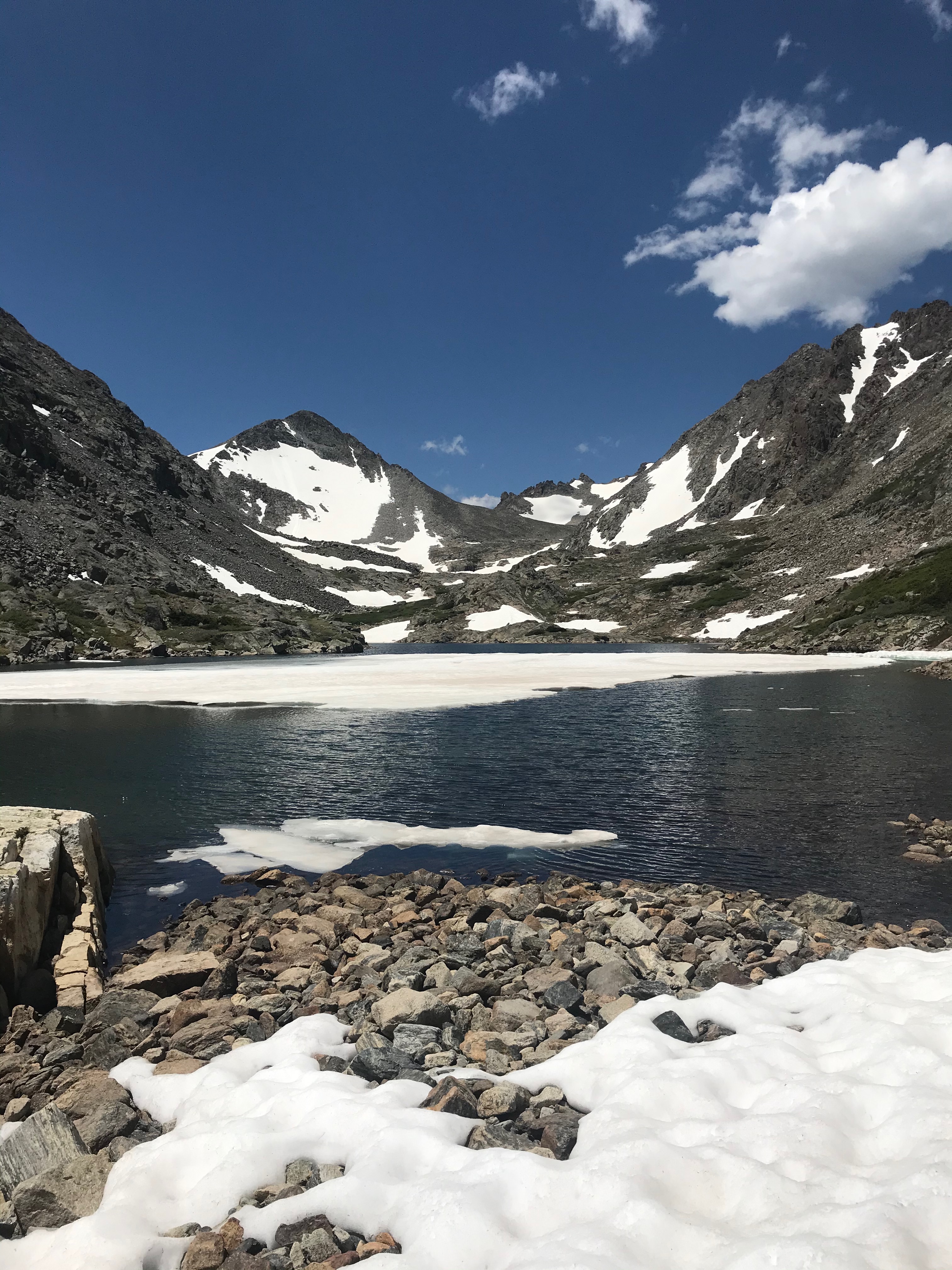On thin ice: Linking elevation and long-term losses of lake ice cover
Climate change is expected to have particularly strong effects in colder regions, such as those at high elevations. Yet due to remote locations and sparse data, it is unknown how mountain lakes are actually changing compared to other lakes in other regions. By assessing ice phenology trends for one of the highest (> 3000 m) and longest-running (36 yr) datasets on mountain lakes, we find that alpine lakes are decreasing ice cover 50% faster than average for more well-studied lakes in the Northern Hemisphere, emphasizing the importance of studying mountain lakes that provide water to nearly half of the world’s population. (Link to datasets)
Link to article published in Limnology and Oceanography Letters. Download .pdf of article



Thanks to Jen Morse, Henry Brandes, and Dillon Ragar for data collection and the CU Mountain Research Station, as well as The Boulder Creek Critical Zone Observatiory () for maintaining timelaspe camera despite the incredible wind.
This work was supported by Niwot Ridge Long Term Ecological Research Program (Link to Niwot Ridge LTER) and the Johnson Lab (Link to lab page) at University of Colorado Boulder.
 Past work
Past work